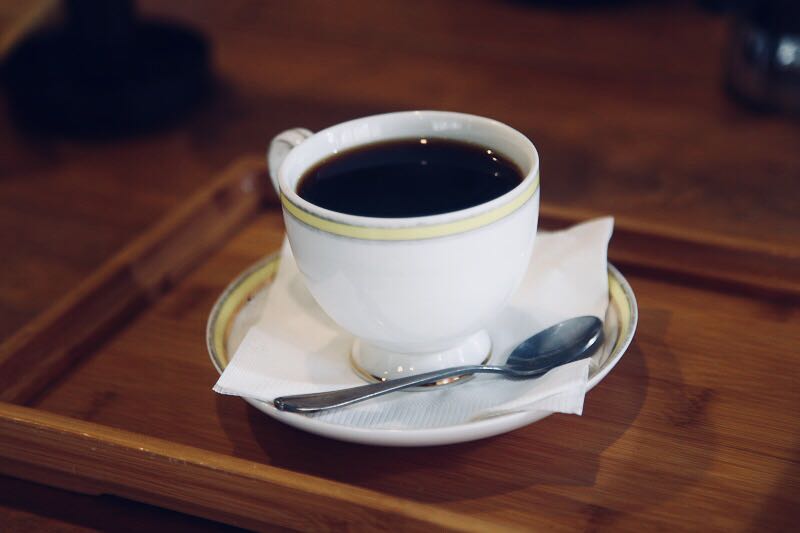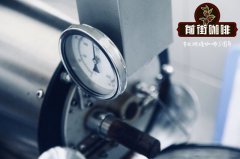The origin and present situation of Xinglong Coffee do you know the so-called Hainan specialty?

Professional coffee knowledge exchange more coffee bean information please follow the coffee workshop (Wechat official account cafe_style)
Xinglong Coffee _ Hainan Xinglong Coffee _ authentic Xinglong Coffee
The general subconscious thinks that drinking coffee is a kind of petty bourgeoisie patent. In Hainan, if you think so, it would be a big mistake. Coffee is popular in Hainan not only because it is a drink, but also because it is an important way of mass cultural leisure, with strong local complex and rich cultural heritage.
Hainan is the main producing area of coffee in China, and its quality is as good as that of South American coffee. In Hainan, there are two famous coffee producing areas: Xinglong Town, Wanning City, and Fushan Town, Chengmai County.
Xinglong Coffee is the earliest coffee brand in Hainan. In the 1950s, returned overseas Chinese in Southeast Asia not only brought the tradition of drinking coffee and the skill of making and brewing coffee to Xinglong, but also successfully introduced the later famous Xinglong coffee in Xinglong. In 1960, Premier Zhou Enlai, who visited Xinglong Farm, said after drinking Xinglong coffee: "Xinglong coffee is world-class. I have drunk a lot of foreign coffee, but our own coffee tastes good."
The stir-frying technology of Xinglong coffee is based on the method of Southeast Asia. Xinglong is the most suitable local coffee for stir-frying. In the process of stir-frying, it is not only necessary to master the heat, but also to add sugar, salt and butter at the right time. Many foreign brands of coffee are made from Xinglong Coffee.
Xinglong coffee adopts the traditional stir-frying method of overseas Chinese.
Xinglong's stir-frying technology adopts the Southeast Asian method. Xinglong's local coffee is most suitable for this method. In the process of stir-frying, it is not only necessary to master the heat, but also timely add sugar, salt and butter. This kind of coffee is particularly fragrant.
The traditional stir-frying method of overseas Chinese and the deep roasting of coffee beans in Southeast Asia brought back by returned overseas Chinese also give the prosperous coffee flavor a special flavor.
If you go deep into some local families in Xinglong, you may be lucky enough to enjoy one of the most traditional performances of stir-frying coffee beans in an iron pot on the stove, which is constantly stir-fried by a big shovel in the hands of the spoon. Butter, salt and sugar will also be added, and the strong smell will steam and irritate your nose.
After frying out of the pan, the oil and sugar on the beans make their own black deeper.
However, there are hidden secrets behind the prosperity of Hainan coffee.
According to a 2013 tropical crop forecast by the Hainan Provincial Agriculture Department, Hainan has a coffee planting area of 6000 mu in 2013, and the province is expected to produce 200 tons of coffee beans. However, Hainan will sell at least 6000 tons a year. Due to the huge gap between production and marketing, Wanning City has launched the "implementation Plan for supporting the Development of Xinglong Coffee Industry in Wanning City", hoping to introduce preferential policies starting with coffee cultivation, subsidizing farmers to plant 2000 yuan per mu and distributing seedlings free of charge. it can be seen that the local government has done its best to help the coffee industry. In spite of this, Huang Haisheng, chairman of a local coffee company, once told the Farmers' Daily that the fresh fruit of coffee really produced by Xinglong should not exceed 40 tons per year. The ratio of fresh coffee fruit to raw beans is 5:1, so the drying of raw beans is less than 10 tons.
Hainan Coffee is booming. At the two sessions in February this year, Secretary Zhang Meiwen of Wanning City said that Wanning City now has 6000 mu of Xinglong Coffee and strives to expand the planting area of Xinglong Coffee to 10, 000 mu by 2020. The long-term goal is to expand the planting area of Xinglong Coffee to 50, 000 mu. If the data are true, the existing acreage in Wanning City is only the same as that of a small and medium-sized coffee farm in Yunnan (compared with Lingfeng Hougu).
How can we support such a huge market demand?
Earlier, the Hainan Provincial Agriculture Department responded to questions raised by members of the sixth Hainan Provincial Committee as follows: most of the products on the market under the banner of "authentic Hainan coffee" are processed from imported coffee beans from Vietnam and Yunnan. Our province imports about 3000 tons of coffee beans from Yunnan every year, and also imports two or three thousand tons of coffee beans from Vietnam, Brazil and other places.
In a word, he said: anyway, tourists pay the bill. It is true that the market wants thousands of tons, but the number of local beans is pitifully small. Hainan Xinglong Coffee, which once invigorated China, has now become a generation of people who cover their ears and steal the bell, which is really sad and ridiculous.
The strong smell of Zhongguo coffee grows the Black Golden Dream in Hainan Island.
Important Notice :
前街咖啡 FrontStreet Coffee has moved to new addredd:
FrontStreet Coffee Address: 315,Donghua East Road,GuangZhou
Tel:020 38364473
- Prev

What is Xinglong Coffee? Is Xinglong coffee good? Look at the rise and fall of coffee.
Professional coffee knowledge exchange More coffee bean information Please pay attention to Coffee Workshop (Weixin Official Accounts cafe_style) Xinglong Coffee_Hainan Xinglong Coffee_Authentic Xinglong Coffee Hainan Xinglong Overseas Chinese Farm was founded in the early 1950s. It is the golden signboard of Chinese coffee and is now a comprehensive overseas Chinese tourism economic zone. Walk into Xinglong, do not drink a cup of coffee, even if it is white.
- Next

The Emperor's New Clothes! Besides tourists, what else can save the once brilliant Hainan Xinglong Coffee?
Professional coffee knowledge exchange more coffee bean information please follow coffee workshop (Wechat official account cafe_style) Xinglong Coffee Hainan Xinglong Coffee must have been to Hainan Xinglong Coffee have such an experience: Xinglong overseas Chinese Farm Coffee Factory is located in a botanical garden, we are with a tour guide to take us here to visit a variety of tropical plants, coffee factory
Related
- Detailed explanation of Jadeite planting Land in Panamanian Jadeite Manor introduction to the grading system of Jadeite competitive bidding, Red bid, Green bid and Rose Summer
- Story of Coffee planting in Brenka region of Costa Rica Stonehenge Manor anaerobic heavy honey treatment of flavor mouth
- What's on the barrel of Blue Mountain Coffee beans?
- Can American coffee also pull flowers? How to use hot American style to pull out a good-looking pattern?
- Can you make a cold extract with coffee beans? What is the right proportion for cold-extracted coffee formula?
- Indonesian PWN Gold Mandrine Coffee Origin Features Flavor How to Chong? Mandolin coffee is American.
- A brief introduction to the flavor characteristics of Brazilian yellow bourbon coffee beans
- What is the effect of different water quality on the flavor of cold-extracted coffee? What kind of water is best for brewing coffee?
- Why do you think of Rose Summer whenever you mention Panamanian coffee?
- Introduction to the characteristics of authentic blue mountain coffee bean producing areas? What is the CIB Coffee Authority in Jamaica?

